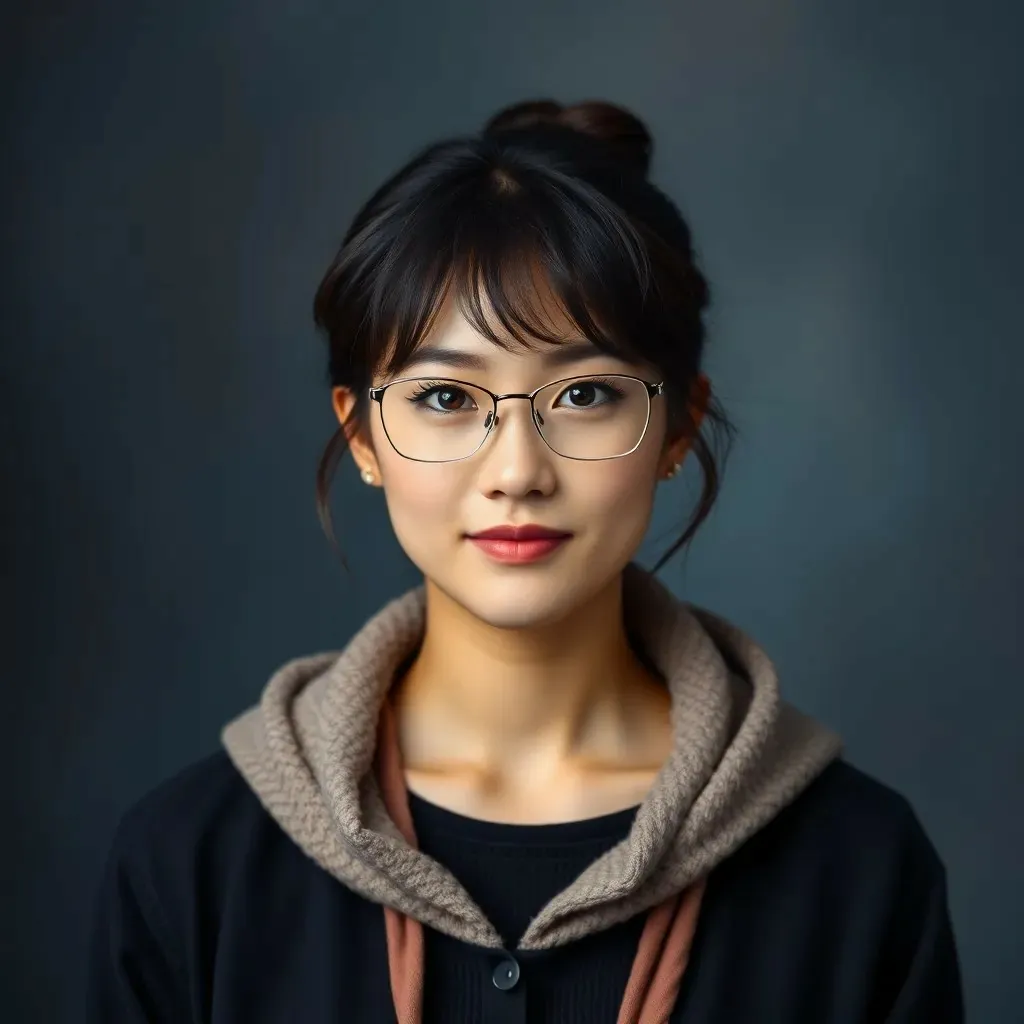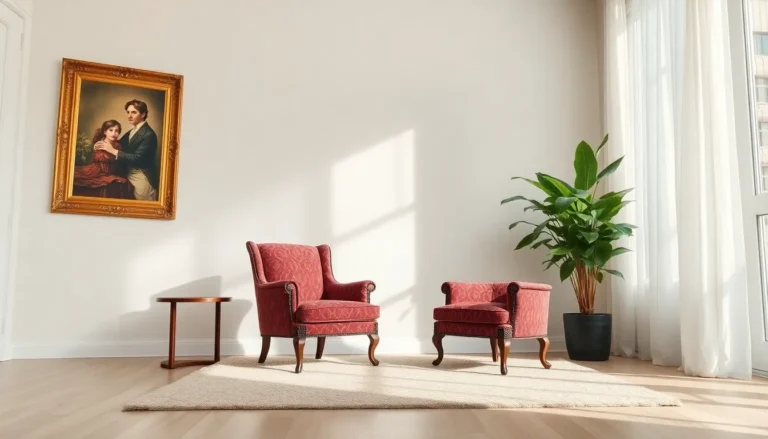Graphic design concepts are the unsung heroes of our visual world: they’re everywhere yet often go unnoticed. Imagine your morning coffee without the charming café branding or a webpage that looks like it was designed in the 90s. Yikes. This article dives deep, exploring the principles, types, and nuances of graphic design while keeping the jargon at bay. Buckle up: we’re about to make design less of a mystery and more of a masterpiece.
Table of Contents
ToggleUnderstanding Basic Graphic Design Principles

Elements of Design
The foundational pieces of graphic design include line, shape, color, texture, space, form, and typography. Each element contributes to the overall message and aesthetics, giving life to ideas. For instance, colors set the mood, while lines can guide the viewer’s eye across a composition. Designers wield these elements like a painter with a brush, but instead of paint, they use digital tools to create compelling visuals.
Principles of Design
The principles of design, balance, contrast, emphasis, movement, pattern, rhythm, and unity, guide creators in organizing elements effectively. Balance can either be symmetrical or asymmetrical and is key to achieving harmony. Contrast highlights differences, ensuring that important elements stand out while pattern creates a rhythm that guides the viewer through the design. Understanding these principles transforms an amateur into a professional, fostering designs that resonate with audiences.
Types of Graphic Design
Visual Identity Design
Visual identity design is all about creating a cohesive brand image. This involves crafting logos, business cards, and other crucial elements that define how a brand is perceived. Successful visual identity design encapsulates a brand’s values and mission, making it instantly recognizable. Think of iconic logos like Apple or Nike: their designs are simple yet profound, creating lasting impressions.
Marketing and Advertising Design
Marketing and advertising design focus on promoting products or services to specific audiences. This type of graphic design typically includes posters, flyers, banners, and digital advertisements. The goal here is to capture attention quickly and effectively, often utilizing bold visuals and strategic messaging to drive conversions. It’s about striking a balance between informative content and eye-catching design.
User Interface and User Experience Design
UI/UX design emphasizes user interaction with a product or service. UI (User Interface) encompasses the visual layout of elements that users interact with, while UX (User Experience) focuses on the overall experience a user has while interacting. A well-designed interface makes navigation intuitive, which can significantly impact user satisfaction. In today’s digital landscape, strong UI/UX design is not just a luxury: it’s a necessity.
Color Theory in Graphic Design
Color Psychology
Color theory plays a vital role in graphic design, influencing how people perceive and react to visuals. Different colors evoke various emotions: for example, blue often conveys trust and professionalism, while red can induce excitement or urgency. Understanding color psychology enables designers to create palettes that resonate with their target audience effectively, guiding emotional responses and enhancing communication.
Color Harmonies and Schemes
The interplay of colors can create stunning visual effects. Designers often rely on color harmonies, such as complementary, analogic, or triadic schemes, to develop aesthetically pleasing compositions. Complementary colors sit opposite each other on the color wheel, making them particularly striking when used in tandem. Meanwhile, analogous colors create a sense of harmony. Mastering these schemes can elevate any design project.
Typography in Graphic Design
Choosing the Right Typefaces
Typography isn’t merely about selecting a font: it’s about choosing a typeface that enhances the message. The right typeface can evoke emotions, establish hierarchy, and create a visual flow. For example, a clean sans-serif font might impart a modern feel, while a serif font can suggest tradition and reliability. It’s crucial for designers to carefully consider their audience and context when selecting typefaces, ensuring they match the tone of the overall design.
Typographic Hierarchy
Hierarchy in typography refers to the arrangement of text to guide the reader’s eye in a specific order. Strategically sizing, coloring, and spacing fonts helps emphasize the most important information. Headings should stand out, while body text must remain readable. A well-organized hierarchy not only improves aesthetics but also enhances the user’s understanding of the content.
The Role of Imagery in Graphic Design
Illustrations vs. Photography
In graphic design, the choice between illustrations and photography can influence the overall feel of a project. Illustrations can be stylized, whimsical, and infused with personality, while photography often offers realism and emotional depth. These visuals should align with the brand’s story and the message conveyed. Sometimes a combination of both can create a unique aesthetic, marrying the imaginative with the genuine.
Creating Effective Visuals
Imagery in graphic design should strive to enhance and not overwhelm. Visuals must communicate ideas, evoke emotions, and guide the user’s journey through the design. Each image, whether photographic or illustrated, should serve a purpose and contribute to the overall message, ensuring that every visual you see is more than just eye candy, but rather a vital piece of the puzzle.








